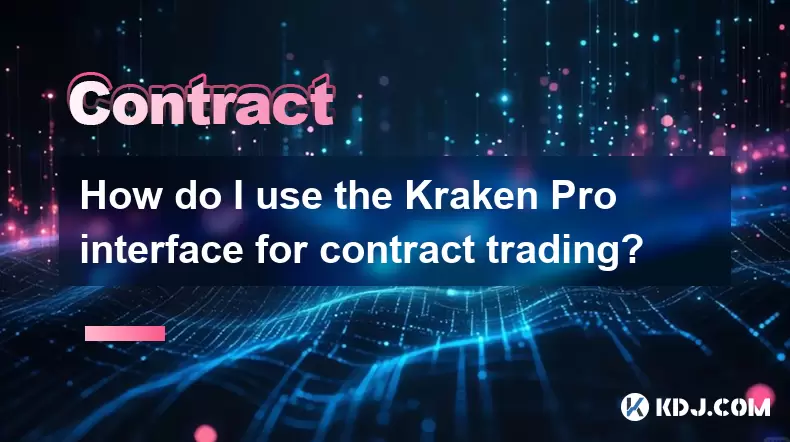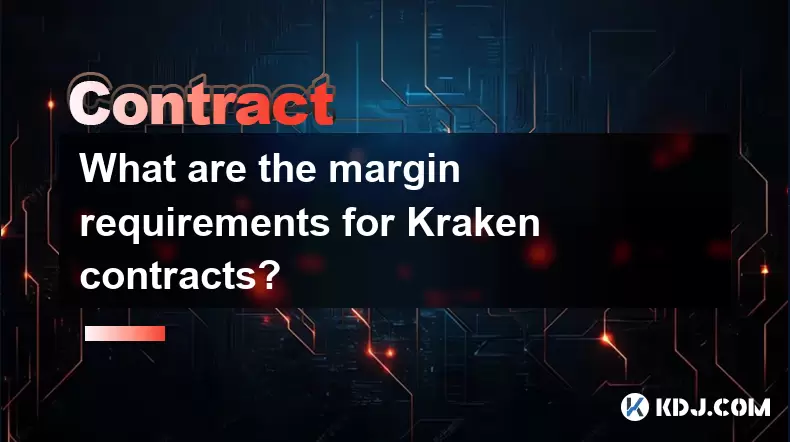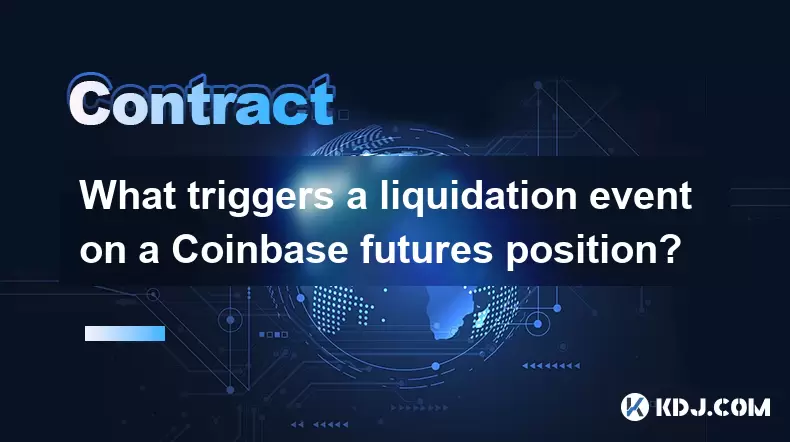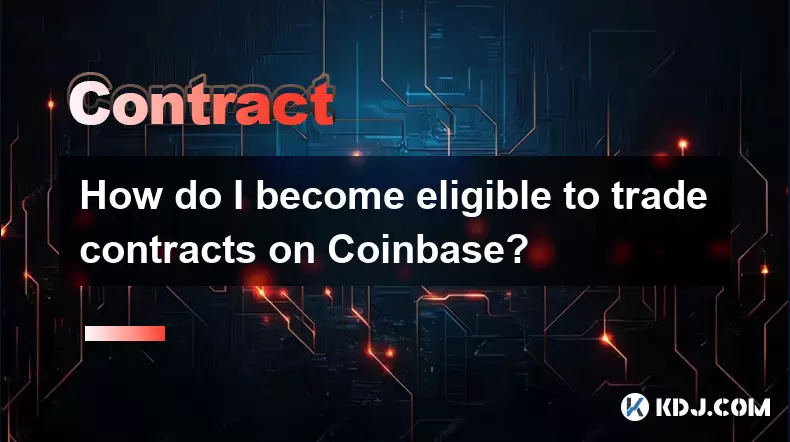-
 Bitcoin
Bitcoin $117300
1.93% -
 Ethereum
Ethereum $3866
5.21% -
 XRP
XRP $3.109
3.81% -
 Tether USDt
Tether USDt $1.000
0.01% -
 BNB
BNB $781.5
1.52% -
 Solana
Solana $173.0
2.95% -
 USDC
USDC $0.9998
0.00% -
 Dogecoin
Dogecoin $0.2181
6.31% -
 TRON
TRON $0.3403
0.93% -
 Cardano
Cardano $0.7683
3.91% -
 Hyperliquid
Hyperliquid $40.08
5.09% -
 Sui
Sui $3.742
7.38% -
 Stellar
Stellar $0.4152
4.69% -
 Chainlink
Chainlink $18.40
10.03% -
 Bitcoin Cash
Bitcoin Cash $580.6
2.21% -
 Hedera
Hedera $0.2543
4.25% -
 Ethena USDe
Ethena USDe $1.001
-0.01% -
 Avalanche
Avalanche $22.94
3.52% -
 Litecoin
Litecoin $121.8
2.24% -
 UNUS SED LEO
UNUS SED LEO $8.955
-0.41% -
 Toncoin
Toncoin $3.330
3.03% -
 Shiba Inu
Shiba Inu $0.00001270
2.97% -
 Uniswap
Uniswap $10.34
6.42% -
 Polkadot
Polkadot $3.805
3.86% -
 Dai
Dai $1.000
0.01% -
 Bitget Token
Bitget Token $4.429
1.80% -
 Cronos
Cronos $0.1495
4.65% -
 Monero
Monero $255.6
-9.08% -
 Pepe
Pepe $0.00001096
4.40% -
 Aave
Aave $282.9
7.85%
How to calculate the transaction fee of OKX contract? What are the benefits of different VIP levels?
OKX contract transaction fees vary by contract type, trading volume, and VIP level, with maker and taker fees applied based on order liquidity impact.
May 05, 2025 at 04:35 pm

Understanding OKX Contract Transaction Fees
When trading on OKX, one of the key elements to consider is the transaction fee associated with each contract trade. Transaction fees on OKX are calculated based on the type of contract, the user's trading volume, and their VIP level. The fees are generally divided into two categories: maker fees and taker fees. A maker fee is charged when you add liquidity to the market by placing an order that does not immediately execute, while a taker fee is charged when you remove liquidity from the market by taking an existing order.
Factors Affecting Transaction Fees
Several factors influence the transaction fee you pay on OKX:
- Type of Contract: Different contracts have different fee structures. For example, futures and perpetual swaps may have different fee rates.
- Trading Volume: The more you trade, the higher your trading volume, which can qualify you for lower fees.
- VIP Level: OKX offers a tiered VIP system where higher levels come with reduced fees.
Calculating OKX Contract Transaction Fees
To calculate your transaction fee on OKX, follow these steps:
- Identify the Contract Type: Determine whether you are trading futures, perpetual swaps, or another type of contract.
- Check Your VIP Level: Your VIP level will affect the fee rate. You can find this in your OKX account settings.
- Determine if You Are a Maker or Taker: This depends on whether your order adds or removes liquidity from the order book.
- Apply the Fee Rate: Use the fee rate associated with your VIP level and contract type. For example, if you are a VIP 1 trader executing a taker order on a perpetual swap, you would apply the corresponding taker fee rate.
Benefits of Different VIP Levels on OKX
OKX offers various VIP levels, each with its own set of benefits. Here's a breakdown of the advantages at different levels:
- VIP 1: This level typically offers a slight reduction in transaction fees compared to non-VIP users. You might also receive priority customer support.
- VIP 2: At this level, the transaction fee reduction becomes more significant. You may also gain access to exclusive events and promotions.
- VIP 3: Higher trading volumes qualify you for VIP 3, where you enjoy even lower fees and possibly higher withdrawal limits.
- VIP 4 and Above: The higher the VIP level, the more substantial the benefits. These can include zero maker fees, further reduced taker fees, and access to advanced trading tools.
How to Achieve Higher VIP Levels
To reach higher VIP levels on OKX, you need to increase your trading volume. Here's how you can do it:
- Increase Trading Frequency: The more trades you execute, the higher your volume.
- Trade Larger Sizes: Larger trade sizes contribute more to your trading volume.
- Utilize OKX's Trading Tools: Use tools like margin trading and futures to increase your trading volume.
Detailed Steps to Check Your VIP Level on OKX
To check your current VIP level on OKX, follow these steps:
- Log into Your OKX Account: Ensure you are logged into your OKX account.
- Navigate to the Account Page: Click on your profile icon and select "Account."
- View Your VIP Level: Your current VIP level should be displayed under your account details.
Detailed Steps to Calculate Transaction Fees on OKX
To calculate your transaction fee on OKX, follow these steps:
- Determine the Contract Type: Decide if you are trading futures, perpetual swaps, or another type of contract.
- Check Your VIP Level: Go to your account settings to see your current VIP level.
- Identify Maker or Taker: Decide if your order will add or remove liquidity from the order book.
- Apply the Fee Rate: Use the fee rate associated with your VIP level and contract type to calculate your fee.
Example of Transaction Fee Calculation
Let's say you are a VIP 2 user trading a perpetual swap. If your order is a taker order, and the taker fee rate for VIP 2 is 0.05%, and you are trading a contract worth $10,000, your transaction fee would be:
[ \text{Transaction Fee} = 10,000 \times 0.05\% = 10,000 \times 0.0005 = 5 ]
So, your transaction fee would be $5.
Frequently Asked Questions
Q: Can I change my VIP level on OKX?
A: Yes, your VIP level on OKX can change based on your trading volume. If you increase your trading activity, you can move to a higher VIP level, which comes with reduced fees and other benefits.
Q: Are there any other factors besides trading volume that can affect my VIP level on OKX?
A: While trading volume is the primary factor, OKX may also consider other metrics such as the total value of assets held on the platform or participation in certain events and promotions.
Q: How often does OKX update VIP levels?
A: OKX typically updates VIP levels on a monthly basis, but this can vary. It's best to check the official OKX website or your account settings for the most current information.
Q: Can I see my transaction fees before placing an order on OKX?
A: Yes, OKX provides an estimate of the transaction fee before you confirm your order. This estimate is based on your current VIP level and the type of order you are placing.
Disclaimer:info@kdj.com
The information provided is not trading advice. kdj.com does not assume any responsibility for any investments made based on the information provided in this article. Cryptocurrencies are highly volatile and it is highly recommended that you invest with caution after thorough research!
If you believe that the content used on this website infringes your copyright, please contact us immediately (info@kdj.com) and we will delete it promptly.
- Bitcoin Reserve, Gold Revaluation, Congress Considers: A New Era for US Financial Strategy?
- 2025-08-08 04:30:12
- KAITO's Momentum: Can It Reclaim Support Amidst Social Media Scrutiny?
- 2025-08-08 04:30:12
- Pi Coin's dApp and AI Potential: Building a Decentralized Future
- 2025-08-08 02:30:12
- Ruvi AI Takes the Lead: Outshining Dogecoin on CoinMarketCap
- 2025-08-08 02:50:12
- Cryptos Under $1: Is Ripple Still the King?
- 2025-08-08 03:50:12
- Cold Wallet, Bonk Price, ICP Price: Navigating the Crypto Landscape in 2025
- 2025-08-08 03:56:12
Related knowledge

Are there any fees for futures settlement on OKX?
Aug 08,2025 at 05:35am
Understanding Futures Settlement on OKXFutures settlement on OKX refers to the process by which open futures contracts are automatically closed or mar...

How to use the OKX margin calculator for futures?
Aug 08,2025 at 05:15am
Understanding the OKX Margin Calculator for FuturesThe OKX margin calculator is a specialized tool designed to assist traders in estimating the requir...

How do I use the Kraken Pro interface for contract trading?
Aug 08,2025 at 05:00am
Understanding the Kraken Pro Interface for Contract TradingThe Kraken Pro platform is designed for advanced traders who require speed, precision, and ...

What are the margin requirements for Kraken contracts?
Aug 08,2025 at 05:42am
Understanding Margin in Kraken Futures TradingWhen engaging in futures trading on Kraken, traders must understand that margin is the collateral requir...

What triggers a liquidation event on a Coinbase futures position?
Aug 08,2025 at 01:15am
Understanding Futures Contracts on CoinbaseFutures contracts on Coinbase allow traders to speculate on the future price of a cryptocurrency, such as B...

How do I become eligible to trade contracts on Coinbase?
Aug 08,2025 at 04:42am
Understanding Contract Trading on CoinbaseContract trading on Coinbase refers to the ability to trade derivative financial instruments such as futures...

Are there any fees for futures settlement on OKX?
Aug 08,2025 at 05:35am
Understanding Futures Settlement on OKXFutures settlement on OKX refers to the process by which open futures contracts are automatically closed or mar...

How to use the OKX margin calculator for futures?
Aug 08,2025 at 05:15am
Understanding the OKX Margin Calculator for FuturesThe OKX margin calculator is a specialized tool designed to assist traders in estimating the requir...

How do I use the Kraken Pro interface for contract trading?
Aug 08,2025 at 05:00am
Understanding the Kraken Pro Interface for Contract TradingThe Kraken Pro platform is designed for advanced traders who require speed, precision, and ...

What are the margin requirements for Kraken contracts?
Aug 08,2025 at 05:42am
Understanding Margin in Kraken Futures TradingWhen engaging in futures trading on Kraken, traders must understand that margin is the collateral requir...

What triggers a liquidation event on a Coinbase futures position?
Aug 08,2025 at 01:15am
Understanding Futures Contracts on CoinbaseFutures contracts on Coinbase allow traders to speculate on the future price of a cryptocurrency, such as B...

How do I become eligible to trade contracts on Coinbase?
Aug 08,2025 at 04:42am
Understanding Contract Trading on CoinbaseContract trading on Coinbase refers to the ability to trade derivative financial instruments such as futures...
See all articles

























































































